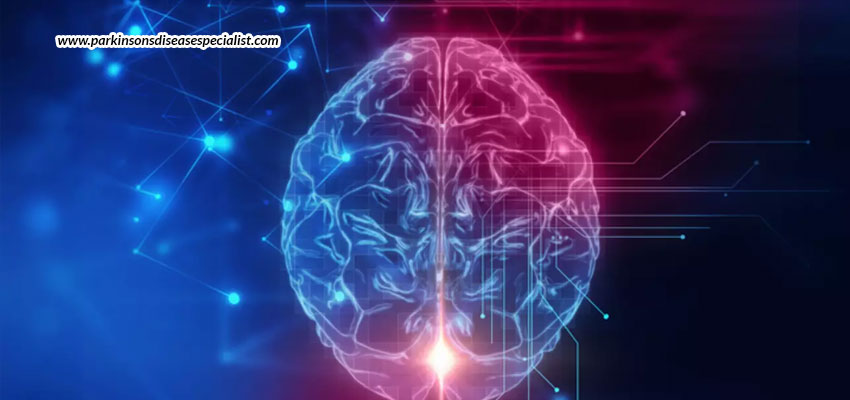
25 Sep Should You Opt For A Deep Brain Stimulation To Treat Parkinson’s Disease?
The brain is one of the most marvelous creations of Nature. Isn’t it amazing how it works, functions, and helps us understand, think, react, and execute all sorts of tasks effectively? We can say that the brain is the computer of our network system. But, just like a computer, being so complicated, is prone to technical problems, so is the brain prone to disorders.
Parkinson’s disease is one such condition that is associated with brain. It is a neurological disorder wherein the signals sent from the brain do not effectively reach the muscles of the body. This is because of the loss of dopamine-producing neurons in the brain. This condition results in tremors, imbalance, slowing of movements, walking difficulties, and mood disturbances. Thus, Parkinson’s disease does not only affect one physically, but also mentally.
Because there is no particular reason known behind the formation of this disease, there is also no permanent cure for it. However, there are certain treatments that can be given to Parkinson’s disease patients that can control the involuntary movements for a period of time. The treatments for the initial stages of Parkinson’s disease include oral medications and therapies. But, the effects are shown only up till the medications and therapies are taken. For a poorer condition of the patient, Botox injections can be given. However, the effects of this treatment are also observed only for a few months, which is why these injections need to be taken every 3-6 months, depending upon the condition of the patient.
For patients with a serious Parkinson’s disease disorder, and for those who want severe treatment measures, there is a more promising treatment option – the Deep Brain Stimulation surgery. This is an invasive surgical treatment, wherein a neurotransmitter device and electrodes are installed within the patient’s body. The neurotransmitter is installed within the chest area, and the electrodes are installed within the brain. When connected, the neurotransmitter emits electrical signals to the electrodes, which pushes down the effects of Parkinson’s disease and helps the patient control his muscle movements.
The neurotransmitter is a stimulator that is encased in titanium, and runs on batteries to send out electrical signals. The electrodes are made of platinum-iridium alloy, which are connected to the neurotransmitter through insulated wires. The placement of the electrodes, and the rate and intensity of the electrical stimulation given depends upon the condition of the patient, and the severity of the symptoms.
Although the procedure of Deep Brain Stimulation sounds very disturbing and risky, it provides beneficial results. It is a surgery that has been approved way back in 1997 after lots of considerations. Today, many medical practitioners offer this treatment option to patients so that they can get rid of their disturbing disorder and live a quality lifestyle. Dr. Shivam Mittal is a well-known Parkinson’s disease specialist in UAE who is also skilled at this surgical procedure, and has provided many patients with this treatment to bring successful results.
Although Deep Brain Stimulation is very effective, it definitely also has a certain degree of risk associated with it. First of all, it is an invasive surgery, meaning that it alters certain parts of the body permanently. Secondly, because it requires opening of the skull cavity, there is a chance of bleeding, infection, seizures, and stroke. The surgery could also have side effects like nausea, vomiting, swelling, pain, mood disturbances, and trouble with sleep. While all of these conditions and possibilities are only rare and of a slight measure, it is important that you are well aware, just in case you are victim of any of these.







